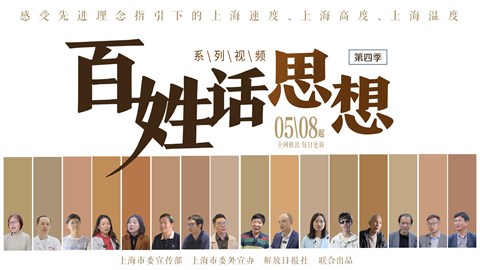All of Hangzhou will be on the winner's podium
The design details of the podium ceremony for the winners of the 19th Asian Games were unveiled last week. The bouquet, dubbed "Fruits of Triumph," will be made up of flowers and a wooden vase. It reflects the sportsmanship of the athletes and wishes them well for their trip back home after scooping Asian Games honors.
Rice ears and lotus seedpods are among the flowers that represent harvest and success in Chinese culture. Lotus is common in Hangzhou, as the West Lake is adorned with undulating lotus blossoms in the summer and seedpods containing succulent seeds at the beginning of autumn.
The floral bouquet will also include osmanthus flower branches and Longjing tea leaves, which thrive in Hangzhou's mountainous terrain.
Due to its delicate flavor and soft leaves, Hangzhou-produced Longjing tea has been a favorite among tea lovers for generations. Osmanthus is the city's flower. Throughout history, the pleasant aroma has attracted crowds of people to Hangzhou during the autumn season.
As purple is the predominant color of the 19th Asian Games, the bouquet will be composed of purple moth orchids native to southern China. This domestically cultivated variety is referred to in Chinese as chizi zhixin (赤子之心), which literally translates as "attachment and devotion to motherland."

The name given to the bouquet for the 19th Asian Games is "Fruits of Triumph."

The ripples of West Lake serve as an inspiration for the design of the tray.
The design of the wooden vase was inspired by a ceramic floral arrangement vessel from the Song Dynasty (960–1279). Hangzhou was the capital of the Southern Song Dynasty (1127-1279) and is regarded as one of China's best cultural heritage cities.
Dongyang woodcarvers designed the vases. It is one of the four Chinese woodcarving styles. The craft is broadly used in architecture, interior decoration and Buddhist figurines. In ancient times, grand structures, temples and pagodas were decked out with this woodcarving.
The vase's rim is decorated with wave patterns that echo the geographic features of Zhejiang Province.
The Asian Games mascot is also sculpted on the surface. Athletes can keep the vase after the victory ceremony.
The ripples of West Lake served as inspiration for the tray's design, which shows a straightforward and enchanting scene of lakes and mountains in the south of the lower reaches of the Yangtze River. The tray is integrally pressed and formed by aluminum and coated with a layer of water-based, environmentally friendly materials.
The podium will be decorated in various shades of purple to represent vitality and innovation. The design employs an easy-to-build model that is suitable for many forms of sports. The front graphic board can be replaced and recycled, in keeping with the 19th Asian Games' green philosophy.

The podium will be decorated in various shades of purple to represent vitality and innovation.
During the 30-day countdown activity on August 24, 1,800 volunteers on behalf of the total 37,600 volunteers who will serve the Games were present at a ceremony held at Zhejiang University's Zijingang Campus.
Volunteers dressed in turquoise uniforms are termed Little Qinghe (小青荷), which translates as "little lotus bud" in Chinese, to signify their freshness and vigor.
According to the organization committee, volunteer recruitment began in May 2021. A total of 317,000 people signed up. Most of them came from 46 provincial universities, and were selected after multiple rounds of training and practice.
There are 400 volunteers from outside the province and another 400 from other representative organizations, as well as professionals involved in competition organization and management, foreign languages and medical care.
In early July, 19,000 volunteers from 43 universities had served in the "Exciting Hangzhou" testing series.
They will help out with the organization of the competition, registration and certification, concierge services, and language services during the Games.
















